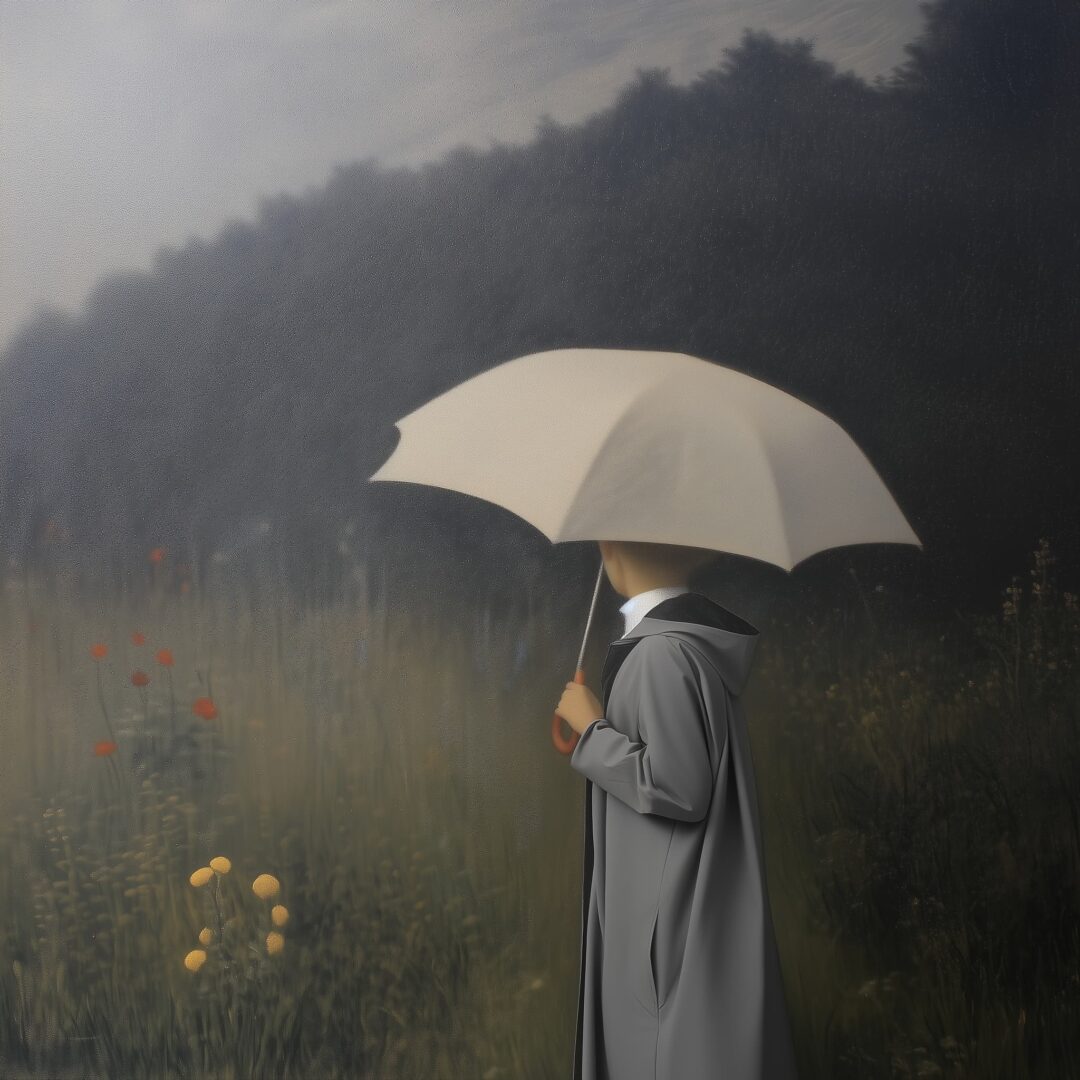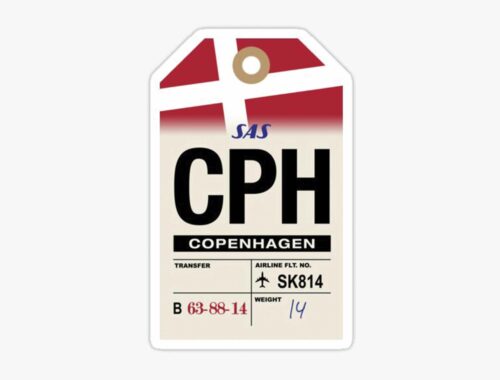I’ve referred to “The Danish Year” before on How to Live in Denmark. It’s a series of events that are simply expected to happen every year in Denmark, even if they aren’t formal holidays. In 2025 I’m going to try to do a podcast every month about aspects of the Danish year, and how they fit into the overall context of where Denmark is coming from, and where it’s going.
I always thought November was the rainiest of Danish months, but it isn’t, actually. That’s October. But November feels rainier, because the sky is so grey, and it gets dark so early, and the rain sometimes comes down in little freezing pellets.
Denmark is a watery country, not just its long coastline and many rivers and lakes, but also the fact it is mostly near sea level. Like the Netherlands nearby, it is extremely vulnerable to flooding.
Climate changes in recent decades have made it worse, and sudden cloudbursts – or skybrud– cause a lot of damage.
So retrofitting Denmark for even more water in the future has become a national obsession.
Officially, a skybrud or a cloudburst is defined as more than 15 millimeters of rain in less than 30 minutes, or 3 centimeters of rain in an hour. In these intense downpours, there is so much water that the soil and the drainage systems can’t absorb it.
November rain in Denmark
The results include flooded streets, damaged historical sites, and wet and moldy house basements, with packed-away baby clothes and Christmas decorations ruined. Ground floor hospital emergency rooms sometimes have to be evacuated.
The sandy West Coast of Denmark often gets hit pretty hard, but so do the expensive apartments in Copenhagen’s Østerbro neighborhood where the media and political elite live.
That is one of the reasons that climate change and the “green transition” are still a hot political issue all over the political spectrum in Denmark, long after they have become less of a focus elsewhere.
Recreating natural marshes and meadows
Denmark is running a huge national construction project to make itself more like a sponge that can absorb enormous amounts of rain that falls within a very short time.
What this often means is rewilding, recreating some of the natural marshes and meadows and rivers that were paved over when the country industrialized during the 19th and 20th centuries.
For example, up the street from me in Copenhagen Northwest, the municipality has built a meadow in a working-class neighborhood of 1950s apartment blocks.
These 20,000 square meters used to be a boring, empty, flat lawn with uniform clipped grass that required a lot of chemicals.
The muncipality built a meadow
But recently, the municipality brought in a landscape artist to create a multi-level, organic-feeling landscape, with natural materials like wood, winding paths, and small valleys that provide drainage. You don’t notice the valleys much because they’re filled with plants and wildflowers, and surrounded by trees, picnic areas, and playgrounds for everyone to enjoy.
I made a short video about the meadow on our How to Live in Denmark TikTok account. (Sound on for some nice music.)
Daylighting a river in Aarhus
Another type of project to bring back nature in order to absorb more water is called daylighting, or opening up rivers that had been covered in concrete.
The most famous example of this is in Aarhus, Denmark’s second city, where the Aros river – the source of the original Viking settlement – had been buried beneath a highway. Little by little, the concrete was removed and the river re-emerged.
It now flows through the center of downtown Aarhus. Some sections have staircase seating going down to the water, a great place to drink a beer in the summer. They feature cafés and shops.
Other parts of the riverbank are just left to go wild. There are iron and wood bridges for pedestrians to cross at appropriate spots.
And it all helps to collect excess water, contributing to flood prevention.
Project to open up an underground river in Copenhagen
A similar project is being discussed in Copenhagen. Åboulevarden, or River Boulevard, is not a river, except maybe a river of traffic. It’s a four-lane highway leading out of the center of Copenhagen, popular with drag racers, but otherwise rather unpleasant. It’s not fun to walk or bike alongside it.
But underneath it is the Ladegårdsåen stream, and there is an ongoing discussion about making River Boulevard a river again and putting the traffic underground. “Daylighting” it, so stormwater could drain into the river.
It’s a hot project that has its own Facebook page with 12,000 followers.
Ladegårdsåen used to be an open stream where city kids would swim on hot summer days, and it could be again.
Plastic rain trousers
All the water flowing about in Denmark can make you forget that water is a precious resource in much of the world. Danes tend to take water for granted, letting the faucet run as they peel their potatoes or brush their teeth.
After all, there’s so much water. It’s always raining.
That’s why people in Denmark own not just a rain jacket but plastic rain trousers. You need them if you’re going to bike through the rain.
But HOFOR, Copenhagen’s municipal water company, says the capital could be running short of drinking water as soon as 2040. That’s due to climate change, population growth, and the contamination of groundwater by heavy metals.
(HOFOR has a business motivation here, of course. They want more money to build bigger and better pipes.)
Tap water is expensive in Denmark
Tap water is expensive in Denmark, among the most expensive tap water in the world, according to the OECD, once VAT and the country’s environmental taxes on water are factored in.
So if you visit a restaurant in Denmark, you can expect to be charged for tap water. Charged a lot, sometimes.
A restaurant in Horsens recently charged me 55 kroner, or about 10 US dollars, for the glass of ice water I asked for alongside a hamburger. Ask for a jug or a carafe of tap water and you could be charged even more.
But it’s always important to be thankful for good, clean water, which you can get in Denmark.
And which you can enjoy from inside a cozy café, watching the windows drip with cold November rain.




